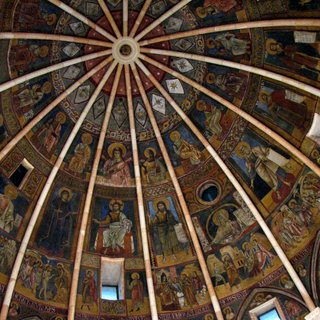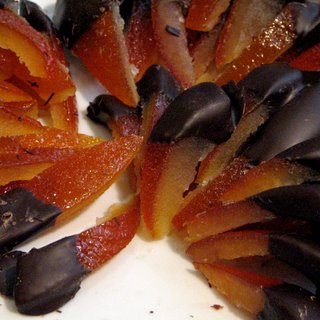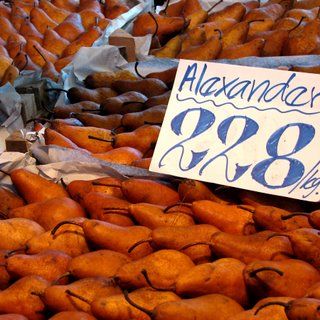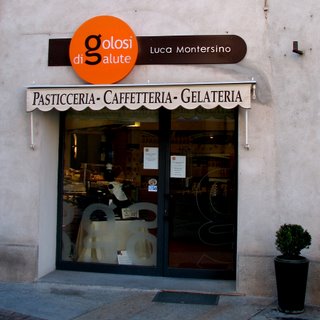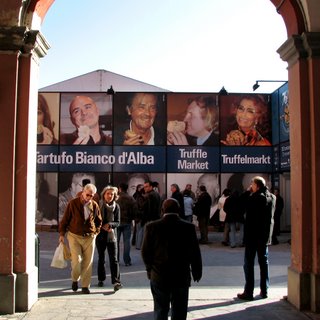
Most everyone has heard of Phuket. And for those who haven't, it's the Thai island that was hard hit by the 2004 tsunami. Other than the Tsunami Escape Route signs that line the winding road along the beaches you wouldn't know what had happened there.
It's a beautiful place with tropical beaches that suit every personality. It's the first time that Stefano and I have purposefully visited a beach for vacation and we stayed in the more secluded area. Something about the non-stop craziness of the other party beaches just didn't sound super appealing. We did, however, find the idea of kayaking in the ocean very appealing.
Our guide, Gai, picked us up early in the morning and took us to the other side of the island where we arrived at a dock area perched on stilts at the water's edge. Everyone else was a local or a very scary half-fish half-reptile mudskipper skirting along the shallows. I can't tell you how disgusting and disturbing these creatures were. They look like angry nasty fish with legs and bug eyes and they sulk along the sandy mud, dragging their tails and stopping only to fight with their disgusting counterparts. I would have jumped on any boat at the dock just just to get away from them.

My openness served us well as we boarded a longtail boat. (Pictured in the first photo of this post.) We'd share the boat with our guide and two teenage drivers who would spend the majority of the trip sleeping in a hammock conveniently draped outside, next to the screaming truck engine powering the boat. Even when the engine was on. And even when it was pouring rain.
Our boat took us out to uninhabited islands covered in jungle and dripping with stalactites. Other islands lurked in the distance, blurry behind layers of fog and mist. Storm clouds hung low but didn't open up until lunchtime. And there were tamarind seeds to eat in the meantime - wresting them from their dried seed pods, chewing off the sticky sweetness and spitting the stripped seeds into the ocean as Gai had.
Before we got into the water with our kayaks for the first time Gai gave us a brief instructional talk on how to paddle. Good thing it made relatively little sense. And that he was screaming over the thrum of the motor. And that I had never been in a kayak before.
Come to think of it, neither of us had not been asked if we knew how to swim, or to wear a life jacket. But that's a true adventure for you. A wooden boat powered by a truck engine and a 15 year old... A life jacket just doesn't fit into that picture.

But three turquoise kayaks do. And so we got into the kayaks and were on our way. The first place we went to test our skills was a cave filled with bats and disturbing rock growths resembling wasp nests. Maybe it would have been less terrifying had we each been carrying a flashlight, instead of just our guide. But there I go again, trying to minimize adventure.
Gai pointed his dim light at the roof of the cave as Stefano and I grappled with the complexities of how one steers a sea kayak in a very small space, edged with sharp oyster shells. The ceiling was awash in bats and the air had a pungent smell that we now know means bats live there. It was amazing to be in that small space, almost like an enclosed and far scarier version of It's A Small World. Only in this ride there are no lights, no sounds, and nothing to stop you from biffing straight into the sea cave wall.
We continued on with our tour of the island's coast. Eagles swooped down from the jungled cliffs above. Herons shot from the ledges and coves created along the waterline where the island had been worn away. We stayed snug along the edges and stalactites dripped onto our heads and the water around us. The ocean lapped at the sides of our kayaks and we tried to find that perfect movement, where your paddle cuts into the water smoothly, yet propels you decidedly forward. When it works, it feels like magic. When it doesn't, it feels like your back or arms might hate you forever for the damage you're inflicting on them.

We didn't see another tourist or another kayak all day long. We did slip past a sleeping fisherman who awoke as we passed and gave a drowsy wave.
At lunchtime we paddled up to the longtail and got back on. Gai suggested a swim before lunch so we turned around and jumped into the ocean. The water was warm and salty, and absolutely perfect. We swam to a cove on the island where the water lapped at a small bit of beach. It was composed entirely of shells. And as the waves came to shore there was the prettiest, most delicate, tinkling. The sound of shells being deposited on top of other shells, and of still others being dragged back down into the water. The noise of wind chimes drifting over from the house across the street.
We stood there alone. On a tiny strip of land, at the side of a deserted island, along the warm salty ocean. Looking out at the longtail, seeing it ride the current. Thinking of our guide. His life. Our lives. And the constant tinkling of the shells.

Our lunch was rice in a plastic bag with some dried seasoned onions. There was also fried chicken and several bags of Oreos. I didn't go for the chicken but I can say that the rice was excellent. Something about the ocean and kayaking all morning makes a plastic bag filled with rice taste better than most anything else. Even the Oreos.
We continued kayaking even as the rain came and eventually paddled into a deep cavern where we were able to park our kayaks along the edge and climb high into the cave. There were rock formations of every shape and size. Sheets draping smoothly along the length of the wall. Others pooling like saucers along the floor. But before we could gawk at the stalactites and stalagmites there was the small matter of tiny creatures that look like water droplets but actually bite. There were several on my leg and at first I couldn't figure out why the water droplets that were running down my ankle were stinging. Except they weren't water droplets. They were miniature sea monsters. And they were biting me. Cue fist raising to nature.

There was a point in the trip where we were in the longtail and Gai had to tie plastic tarps at every angle so that the sheets of rain wouldn't follow us into the boat. And it worked. We sat behind the sheets, listened to the boat's hum, and thought of our teenage captain driving through what by that point had become zero visibility. Again with the adventure.
At the end of our day Gai brought us to a lonely beach to relax. Except we decided to hunt for more shells, chase crabs across the shore, and go in search of giant chickens. All in the beautiful rain.
I still remember how warm the ocean was. How salty the water was when I jumped in. The way the kayak would sometimes ride the water like a racetrack, shooting along. The quiet of spaces where no one else is and where the water works to dissolve the rock walls around it.
So while Thailand has Bangkok and the stories people tell (which I now know could easily be true) ... Thailand also has tiny islands off of other islands in the middle of the ocean. With only jungles and eagles swooping down. And a few turquoise kayaks silently paddling through.



